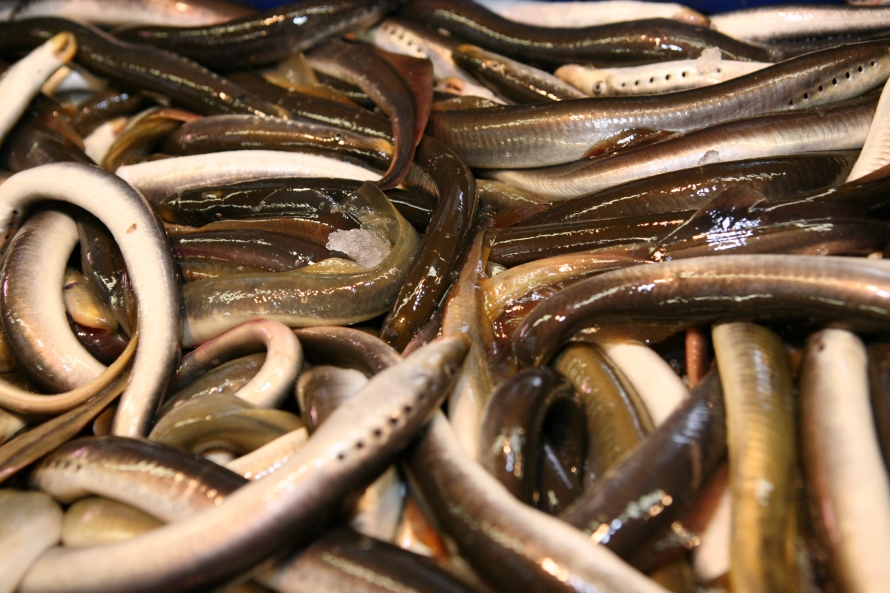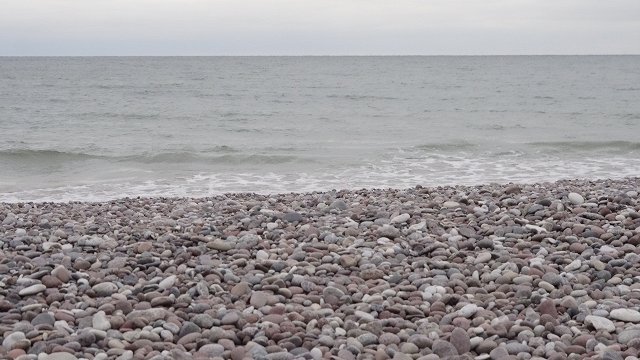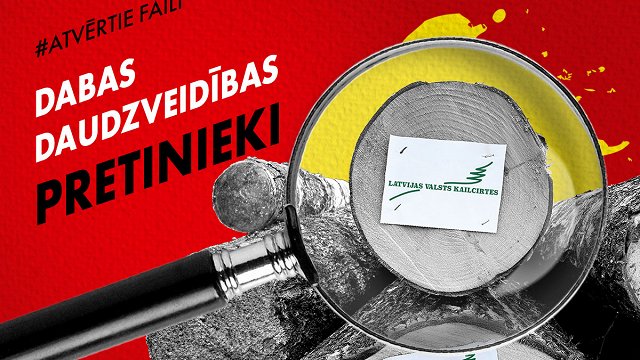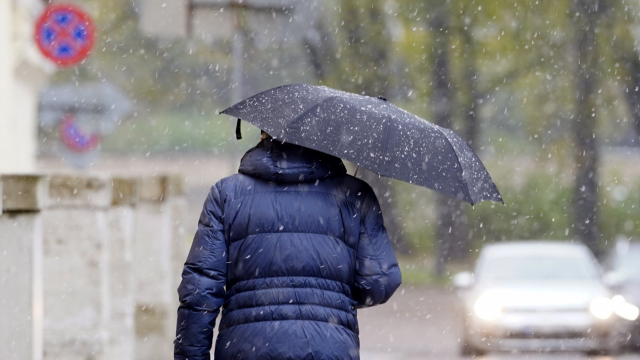The number of lampreys in the river Gauja is shrinking, however fishermen in Carnikava are not worried as it would mean their price goes up.
"In Gauja we were once able to catch about five tons of lampreys in a single night. There was a processing factory in Carnikava making exports to Russia.
If there were such an abundance of lampreys now, we wouldn't know where to put them. Latvians don't eat them all," said Eduards Skavenecs, representative of the Krupis fishing company.
Older fishing methods have been forgone, and now large bag nets are the choice tool to catch lampreys.
"There are 100 bag nets in Carnikava. Previously 100 kg of lampreys could be caught with a single net, but now you can't catch 100 kg with the 100 nets," said Skavanecs.
However in river Salaca the decrease in lamprey numbers hasn't been as steep, said Aleksandrs Rozenšteins, who fishes lampreys there.
At that, the lamprey market isn't a big one. Europeans aren't as keen on lampreys as Russians are, however selling them to Russia is difficult due to the embargo.
There's a new processing factory that buys lampreys and sells them to China, said Skavanecs. They buy lampreys from Latvia and Lithuania and export them to China.
Meanwhile Rozenšteins said that Lithuanians and Estonians are keen to sell their lampreys at the Rīga Central Market.
Lamprey numbers are shrinking in all rivers, and there are a number of causes, of which the major one is overgrowth, said Kaspars Abersons, an ichthyologist at the BIOR institute.
"The Salaca river is overgrowing very quickly. We were present at the eel counting. Their spawning areas will soon have overgrown with a green carpet. It isn't as bad in the Gauja river.
Up until now, the places which had been cleaned have proven to become worse afterwards as the [waterweed] species change and there's even more overgrowth. That's why the places have to be cleaned every year," said Abersons.
The town of Carnikava is home to an unusual event, held each year - they lamprey festival. Preliminary data suggests about 60 tons of lampreys were caught in 2015, which, for Latvia, is very little, according to Abersons.
As the population of this fish is shrinking, it's debatable whether there'll be a lamprey festival in Carnikava 30 years on.
"The lampreys won't disappear, though will we be able to eat them? Perhaps they'll have become an endangered species," said Abersons.
Last year, the lamprey eel from Carnikava was added to the EU's Protected Designations of Origin list.






























